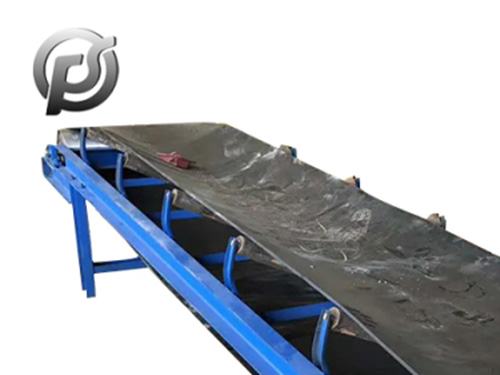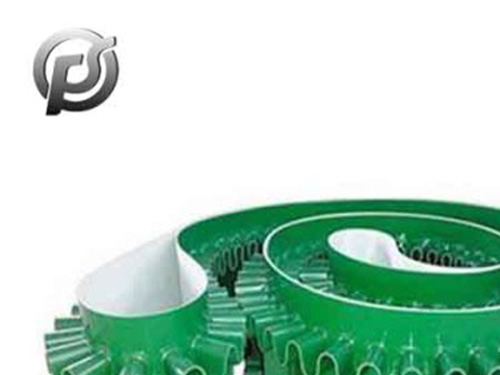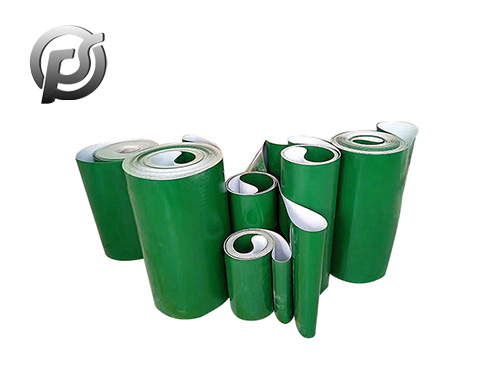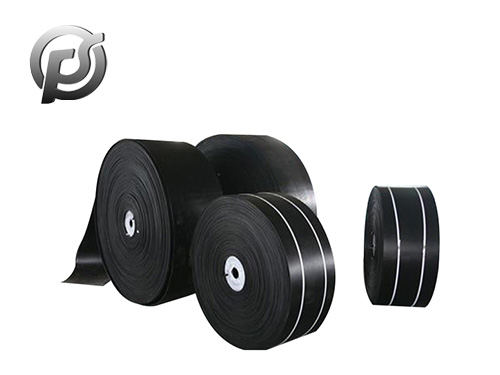A
small conveyor belt refers to a compact and often portable conveyor system that is used for transporting materials from one point to another within a short distance. These conveyor belts are commonly employed in various industries for tasks such as moving products on production lines, sorting, and packaging. Here are some key characteristics and considerations for small conveyor belts:
Size and Dimensions:
Small conveyor belts are characterized by their compact size, making them suitable for limited spaces and short-distance material transport.
Types of Small Conveyor Belts:
Flat Belt Conveyors: These have a flat surface for transporting goods. They are suitable for a wide range of materials and are often used in assembly lines and packaging applications.
Modular Belt Conveyors: These consist of individual interlocking modules or links, providing a versatile and durable conveying surface.
Roller Conveyors: Instead of a continuous belt, these conveyors use rollers to move items. They are suitable for moving items with a flat bottom surface.
Incline/Decline Conveyors: Some small conveyor belts are designed to move materials up or down inclines.
Materials and Construction:
Small conveyor belts can be constructed using various materials, including rubber, PVC, stainless steel, and aluminum, depending on the application and the types of materials being transported.
Motorization and Power:
Small conveyor belts are typically powered by electric motors. The motor size and power requirements depend on the conveyor's load capacity and intended use.
Adjustability and Portability:
Many small conveyor belts are designed to be adjustable in height and angle to accommodate different tasks and working environments. Portability is a key feature for applications where the conveyor needs to be moved or reconfigured frequently.
Control Systems:
Small conveyor belts may have simple control systems, often with options for variable speed, forward/reverse movement, and emergency stops.
Applications:
Small conveyor belts find applications in industries such as manufacturing, food processing, packaging, logistics, and more. They are often used for tasks like moving products between different stages of production, sorting, and loading/unloading.
Safety Features:
Safety is a critical consideration. Emergency stop buttons, guards, and proper training for operators are essential components of small conveyor belt systems.
Maintenance:
Regular maintenance is necessary to ensure the smooth operation of the conveyor belt. This includes checking for wear and tear, lubricating moving parts, and inspecting the motor and controls.
When selecting a small conveyor belt, it's important to consider the specific requirements of the intended application, including the type and size of materials to be transported, the speed and frequency of operation, and any environmental factors that may impact performance. Additionally, adherence to safety standards and regulations is crucial for the proper and safe use of conveyor systems.


 Stone Conveyor Belt: Enhancing Efficiency and Productivity in Material Handling
Stone Conveyor Belt: Enhancing Efficiency and Productivity in Material Handling
 Optimizing Operations with PE Conveyor Belts: Durability, Efficiency, and Versatility
Optimizing Operations with PE Conveyor Belts: Durability, Efficiency, and Versatility
 Exploring the Efficiency and Versatility of Light Conveyor Belts
Exploring the Efficiency and Versatility of Light Conveyor Belts